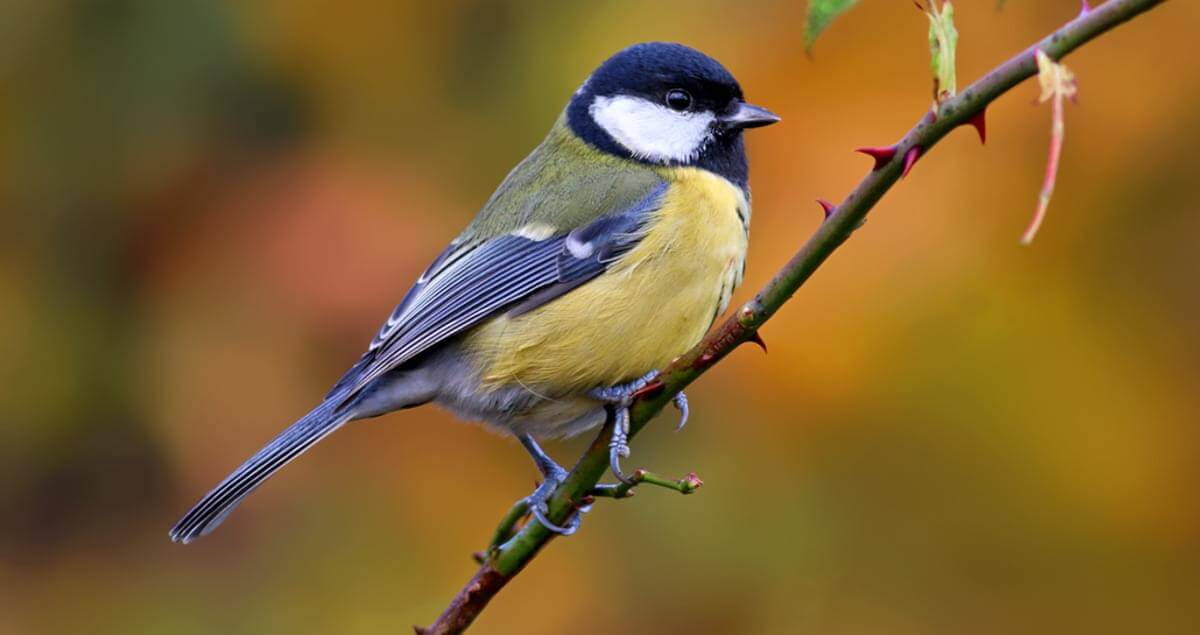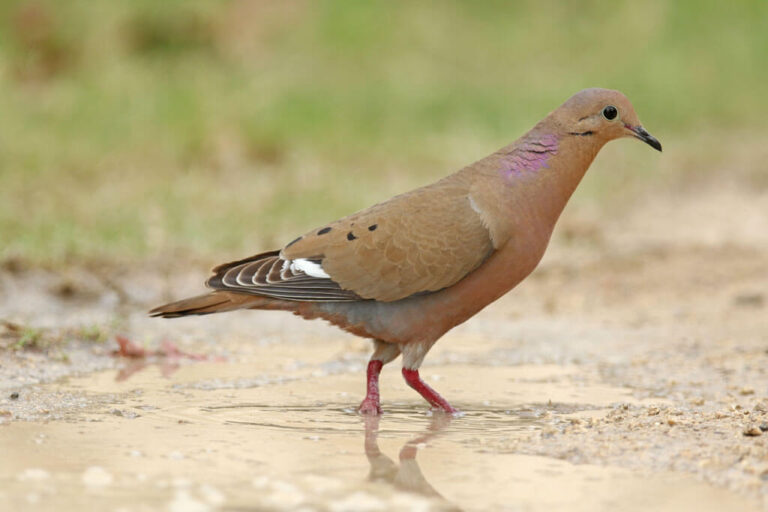Great Tits Bird: Habitat, Diet, Behavior, and Conservation Guide
The great tit (Parus major) is one of the most recognized and studied songbirds in the world. Its vibrant appearance, widespread distribution, and engaging behavior make it a favorite subject for birdwatchers and ornithologists alike. In this article, we will explore the great tit’s scientific classification, physical characteristics, habitat, behavior, diet, reproduction, predators, conservation status, interesting facts, evolutionary history, and its relationship with humans.
Contents
Scientific Classification
The great tit is classified as follows:
- Kingdom: Animalia
- Phylum: Chordata
- Class: Aves
- Order: Passeriformes
- Family: Paridae
- Genus: Parus
- Species: Parus major
The great tit belongs to the Paridae family, which includes small passerine (perching) birds known as tits or chickadees.
Physical Characteristics

The great tit is a medium-sized songbird, easily identified by its colorful plumage. Its main features include:
- Size: Around 12.5 to 14 cm (4.9 to 5.5 inches) in length, with a wingspan of 22 to 25 cm (8.7 to 9.8 inches).
- Weight: Between 16 to 21 grams (0.6 to 0.74 ounces).
- Plumage: The head is black with white cheeks, the back is olive green, and the underparts are bright yellow with a distinctive black stripe running down the center.
- Bill: Small and pointed, well-suited for feeding on insects and seeds.
- Legs: Blue-gray, sturdy for perching and hopping through trees and undergrowth.
Habitat
Great tits are highly adaptable and occupy a variety of habitats, including:
- Woodlands: They prefer deciduous and mixed forests but can also be found in coniferous areas.
- Parks and Gardens: They are common in urban environments, thriving in gardens, parks, and suburban areas.
- Geographic Range: Great tits are widely distributed across Europe, Asia, and parts of North Africa. They are found in the UK and Scandinavia the Middle East, and Japan.
Behavior
Great tits are known for their curious and energetic behavior. Key aspects of their behavior include:
- Vocalizations: Great tits have a wide variety of calls, including a sharp, repeated “teacher-teacher” song. They are highly vocal, with different calls used for communication, alarm, and mating.
- Territoriality: Males are territorial, particularly during the breeding season. They use their song to defend their area and to attract mates.
- Foraging: They are active foragers, hopping through trees and shrubs to search for food.
Diet
The great tit’s diet is diverse and changes with the seasons:
- Insects and Invertebrates: During spring and summer, their diet mainly consists of caterpillars, spiders, and other insects.
- Seeds and Nuts: In autumn and winter, great tits rely more on seeds, nuts, and berries.
- Human Food: In urban areas, they frequently visit bird feeders, where they enjoy sunflower seeds, peanuts, and suet.
Reproduction
Great tits have a well-defined breeding cycle:
- Mating Season: The breeding season typically begins in early spring (April to June).
- Nesting: They nest in tree cavities or artificial nest boxes. Females build the nest using moss, feathers, and other soft materials.
- Eggs: The female lays between 6 to 12 eggs, which are incubated for around 13 to 15 days.
- Fledging: After hatching, the chicks are fed by both parents and fledge after 16 to 22 days.
Predators
Great tits face predation from various animals, including:
- Birds of Prey: Sparrowhawks and owls are common avian predators.
- Mammals: Squirrels, weasels, and domestic cats pose a threat, especially to eggs and young birds.
- Snakes: In some regions, snakes may prey on the chicks or eggs in the nest.
Conservation Status
- IUCN Status: The great tit is currently listed as a species of Least Concern by the International Union for Conservation of Nature (IUCN). Their populations are stable and even increasing in some areas due to their adaptability to urban environments.
- Conservation Measures: In many regions, people support great tit populations by providing nest boxes and feeders during harsh winters.
Interesting Facts
- Tool Use: Great tits have been observed using tools, such as twigs, to extract insects from crevices.
- Mimicry: These birds are capable of mimicking the calls of other species, a rare trait among songbirds.
- Survival Strategy: During particularly cold winters, great tits are known to roost in cavities to conserve heat and energy.
Evolutionary History
The great tit is part of the Paridae family, which has a long evolutionary history. Fossil evidence suggests that members of this family have existed for millions of years, with their closest relatives being chickadees and other small passerines. Over time, great tits have evolved unique adaptations for diverse habitats, including strong feet for perching and a sharp beak for feeding on insects and seeds.
Relationship with Humans
Great tits have a close and positive relationship with humans:
- Bird Feeders: They are frequent visitors to bird feeders, especially in winter when natural food sources are scarce.
- Nest Boxes: People often install nest boxes to encourage great tits to breed in their gardens.
- Research Subject: Great tits are widely studied in the field of ornithology, particularly in relation to their behavior, communication, and social interactions.
Conclusion
The great tit is a fascinating bird with remarkable adaptability, a vibrant appearance, and a wide range of behaviors. Its widespread distribution, combined with its ability to thrive in human-altered environments, ensures that this species remains a familiar and cherished presence in gardens and forests alike. As we continue to study and protect them, great tits will remain a symbol of the beauty and resilience of nature.
- Golden Retriever Pros and Cons: What Every Pet Parent Should Know - 15 September 2025
- Cane Corso Dog Breed: Health, Care, and Lifespan - 14 September 2025
- Catahoula Leopard Dogs: Description, Temperament, Lifespan, & Facts - 21 July 2025







